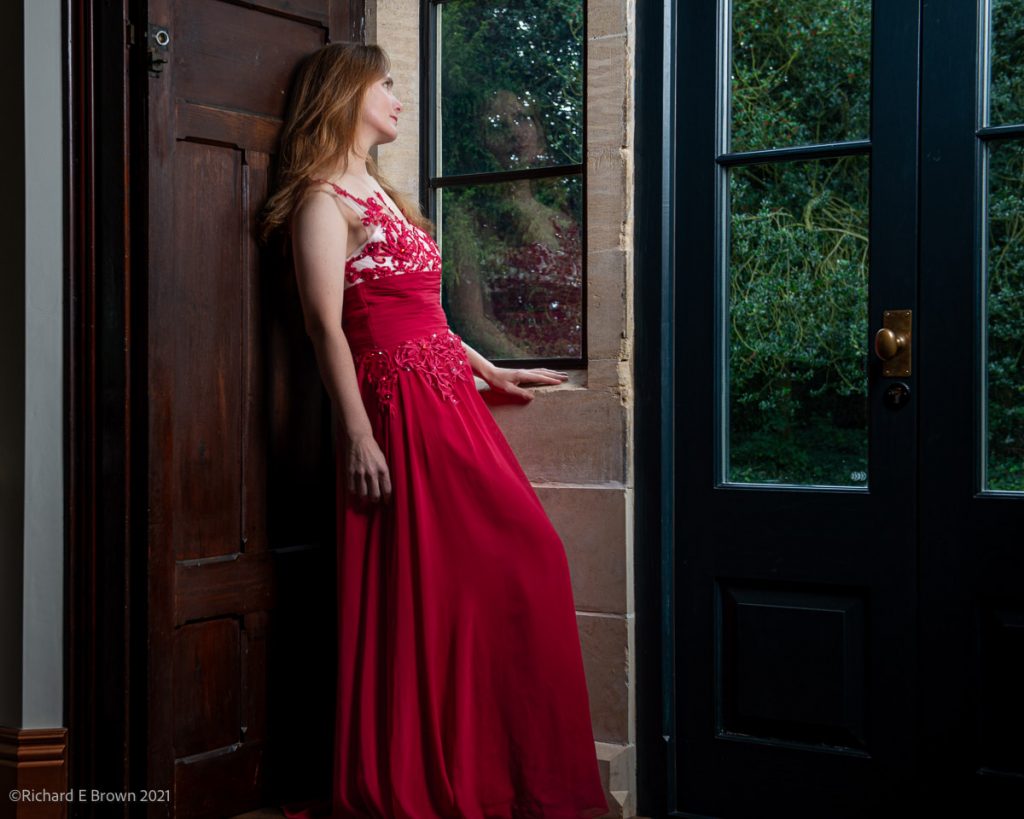
Nikon D800
Nikkor 24-70mm f/2.8
50mm, 1/30 Sec at f/5.6, ISO100
Post Processed in Adobe Lightroom Classic V11

Family, Photography and other misc news

Nikon D800
Nikkor 24-70mm f/2.8
50mm, 1/30 Sec at f/5.6, ISO100
Post Processed in Adobe Lightroom Classic V11
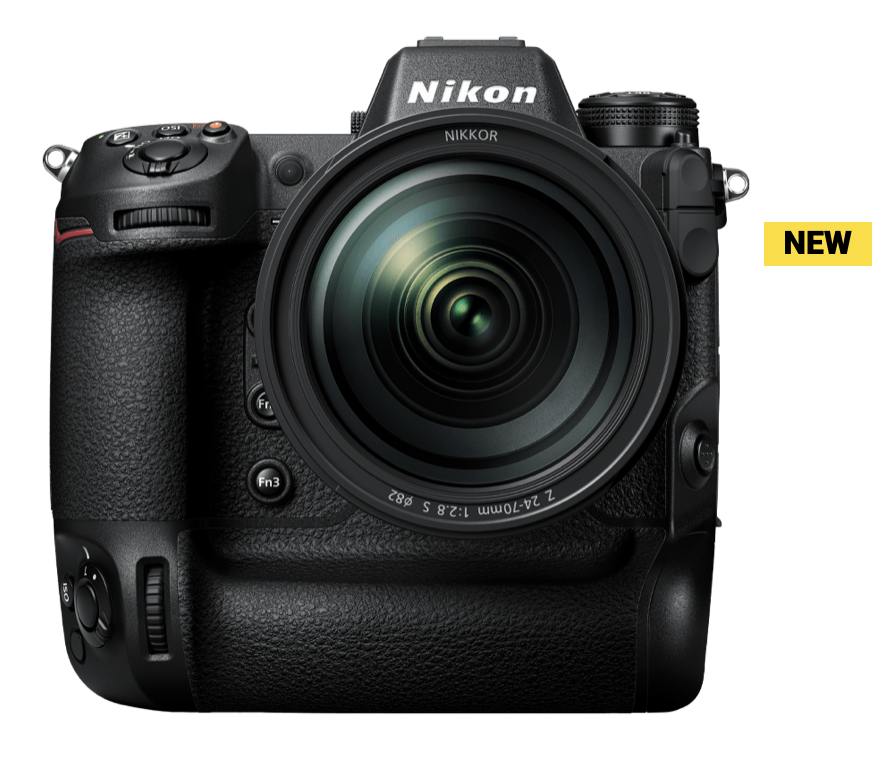
This is the camera Nikon users have been waiting for. The new Z9, for many this is another D3 moment. In all the key areas its either better or equals the opposition.
For those wanting a full frame Nikon mirrorless camera you now have a strong lineup of quality bodies.
Despite what people claim there is nothing sub par about Nikon focus with their latest firmware and we now have a good range of bodies to choose from.
What about lens?
Well three interesting announcements. Two new lens and one coming soon. We have been hoping that Nikon would build out their f/4 zooms and we now have a good range.
We have the trinity of f/2.8 lens, the 14-24mm, 24-70mm and the 70-200mm. The f/4 range are now; 14-30mm, 24-70mm, a new 24-120mm and the odd one out a 100-400 f/4 to f/5.6.
So options for fast zooms and a good range of smaller lighter zooms, the 24-120mm f/4 in particular is of interest for people travelling and to be honest that and a quality 50mm and 85mm for in the studio would suit me well.
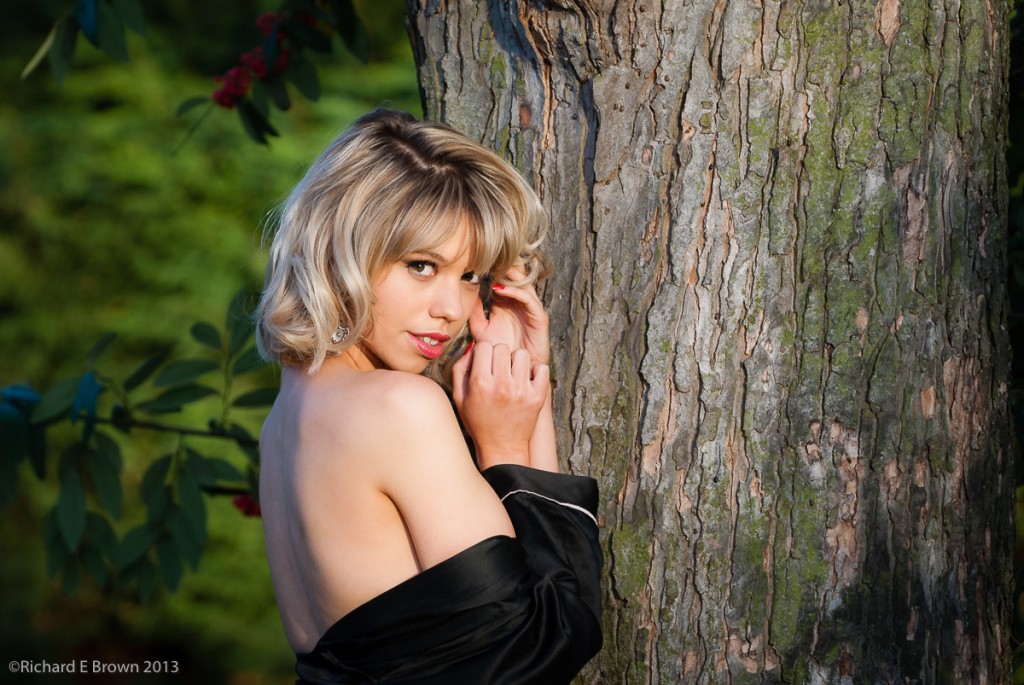
I was listening to a watch podcast the other day and they were discussing one watch collections. I made me think, if you could only have one lens what would it be.
Lets first state, no zooms.
Now in some ways I already do this with my carry around every day camera.
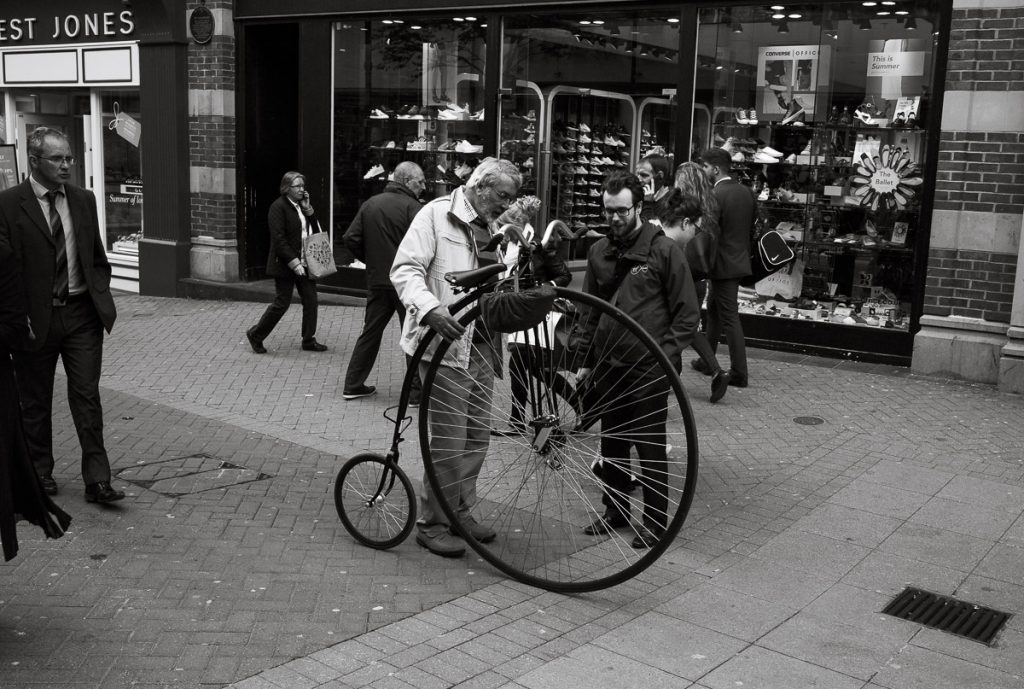
If I am wondering around with a camera over my shoulder its likely to be a Leica M10, M8, M4 or occasionally a Nikon V1 and I’ll have a prime on these.
Most of the the time is the equivalent of a 35mm full frame 35mm or 50mm focal length lens.
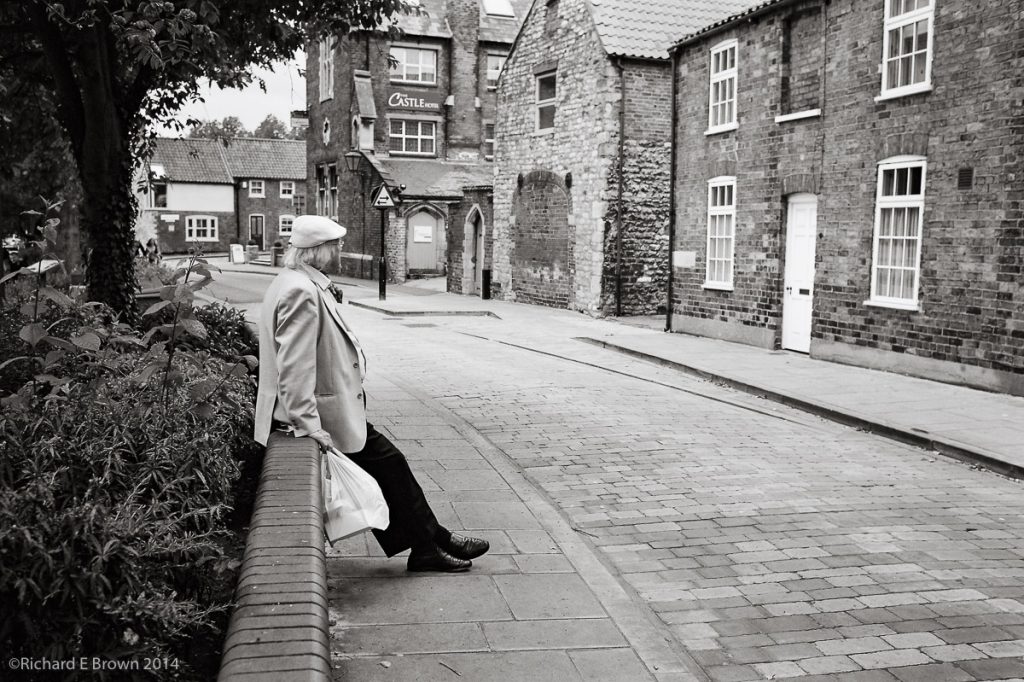
I surprise myself when I look at my meta data and find I often have the same lens on my Leica for many months at a time.

According to my Digital Asset Management program (DAM), for my Leica M10 I shot over 500 photographs in 2019, 84% of them with a 50mm lens.
For my SLR the results were even more shocking.

With my Nikon D800 I shot 629 photographs, and everyone of them with a 105mm lens.
Now I have to admit 2019 was the least amount of photography I have done in many years. I had a break and took on very little work. A couple of corporate photoshoots for business portraits, and a couple of studio sessions for local models, but it was quite a shock.
Could you manage with one lens?
Well for my street photography yes, a 35 or 50mm would do me fine. In the studio it seems I can manage with a mild telephoto. I suppose if depends on how many subjects you shoot. I did not do any wildlife last year, if I had you would have seen hundreds of shots using a 300mm /2.8 long telephoto.
If I was to put my hand on my heart, having a modern high resolution rangefinder like the M10 for my everyday camera, I would pick the 35mm. With plenty of megapixels one could crop to give you a field of view of the 50mm when needed. For studio work, well 105mm is a bit long for full length portraits, I would likely pick something in the 75mm to 90mm range; but we are talking two lens not one.
So what would I pick?

I shoot more street then studio, going wide and having a 35mm would not be an issue. As I wrote this I kept going through my Lightroom catalogue and saw that I did have some studio shots at 35mm in previous years. I could manage with one lens.
So sell all my gear and live with one lens, no do not be silly. Photographers are gear heads and love collecting stuff.
But if I did start again well?
No SLR, but I think those two could do most of my work, (he said while dreaming of the rumoured Nikon Z8, Z85mm f/1.2, and the Leica SL2 and lets not forget the M glass 75mm f/1.25 Noctilux).
If you are like me and still have a large vinyl and cd collection you may sometimes want to stream them. A lot of my older stuff is not on the major streaming services. So you will want to rip those CD’s to a hard drive so you can still stream around your home or to what ever device you want. Welcome to the world of music formats or shall we say containers.
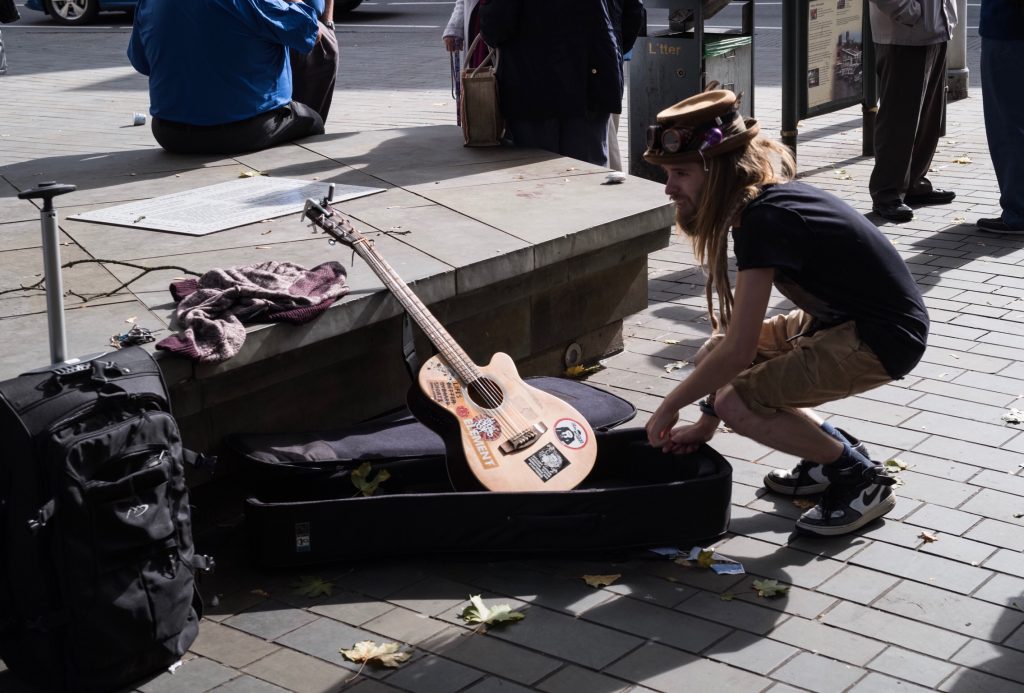
Now the majority of music is all encoded to PCM 16-bit/44.1kHz audio. While there is a growing library of high resolution music, few music services offer it or broadcast/stream it.
So for the majority of listeners things like 24-bit/192kHz, MQA, DSD can all be safely ignored.
Lets get back onto the subject; you have a CD, your a Mac user with iTunes or Music as its now called and you want to simply rip it but preserve the quality.

In Music, select file, preferences and then Files, and Import Settings. From the drop down list select Apple Lossless Encoder. Its a compressed format, lossless, and can easily be converted to other open standards if necessary but just about all hardware supports apple lossless.
You might want to copy those rips to a spare hard drive, Apple products can occasionally do odd things, like delete your music files and then stream lossy versions from the cloud.
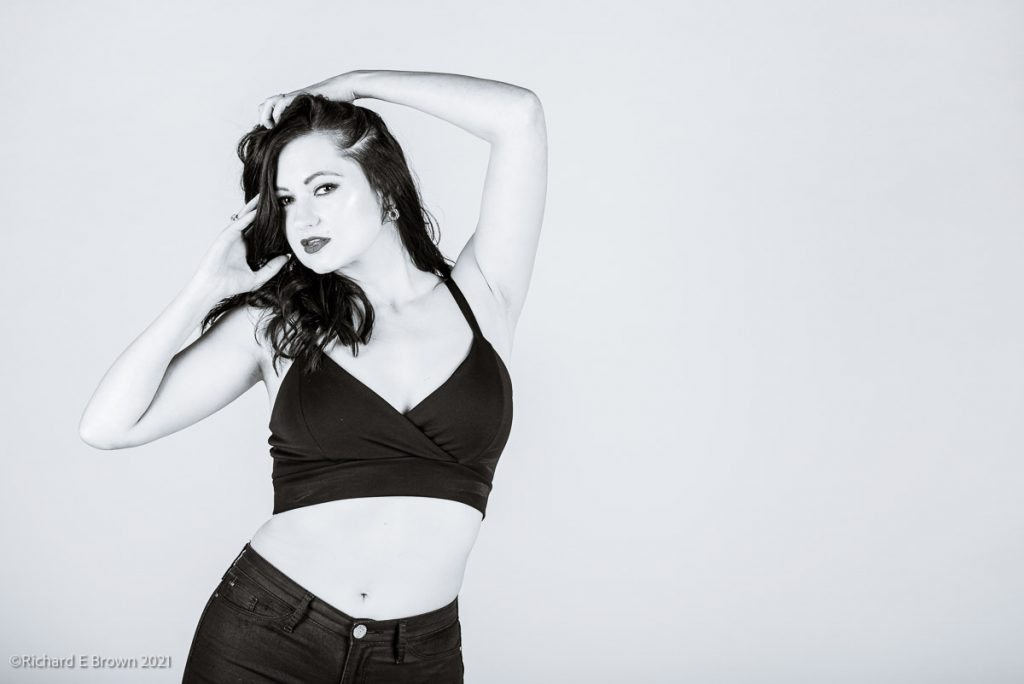
Since the end of lock down I have been hitting the studio every few weeks, having some fun, trying out new ideas and new lighting techniques.

I have been shooting some fashion, glamour, even maternity shots.

Its been good try out a few new models as well.

Despite lockdown its been a good photography year.